De Jaguar XJR-S is een relatief onbekende auto wat op ook wel weer verklaarbaar is omdat er maar 300 exemplaren gebouwd zijn waarvan de helft met het stuur aan de rechterzijde was uitgerust. Slechts 6 stuks waren er voor de Nederlandse markt beschikbaar.
Eerder verscheen er al een XJS die was aangepakt door Tom Walkinshaw Racing (TWR), het bedrijf dat ook verantwoordelijk was voor de Groep C raceauto’s van Jaguar, echter betrof dat slechts uiterlijke aanpassingen. De XJR-S is andere koek omdat de motor en wielophanging werd gemodificeerd waarbij de Groep C auto’s model stonden. De gedistingeerde Brit van 1.800 kilo sprintte in minder dan 7 seconden naar de 100 en bleef versnellen tot 250 km/u. Onder de kap lag dan ook een majestueuze V12 die 309pk leverde gekoppeld aan een automatische drieversnellingsbak. Het was de ultieme GT doordat deze snel, relatief comfortabel en luxe was. Het model was enkel leverbaar in Racing Green, Signal Red, Soelnt Blue, Arctic Blue of Black.
HET AANBOD
Deze unieke zwarte Jaguar XJR-S TWR 6.0L uit 1990 met slechts 71.000km op de teller wordt te koop aangeboden in Spanje op de website van Mobile.de. Volgens de verkoper verkeert de Jaguar in een super conditie en zou er onlangs nog € 8.000 gespendeerd zijn bij een laatste onderhoudsbeurt, zo’n 1.000km terug. Daarnaast is de TWR goed gedocumenteerd. De prijs is € 29.900.
Deel hieronder je mening over deze Jaguar!

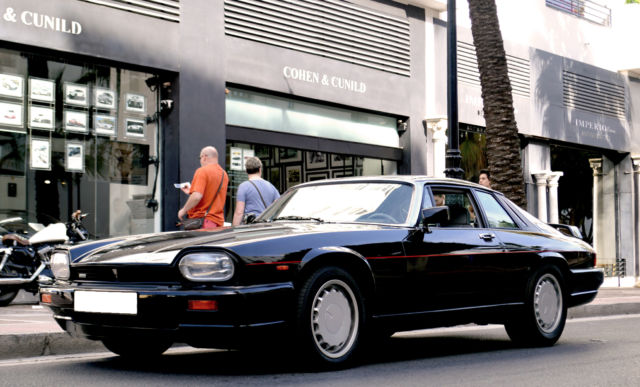
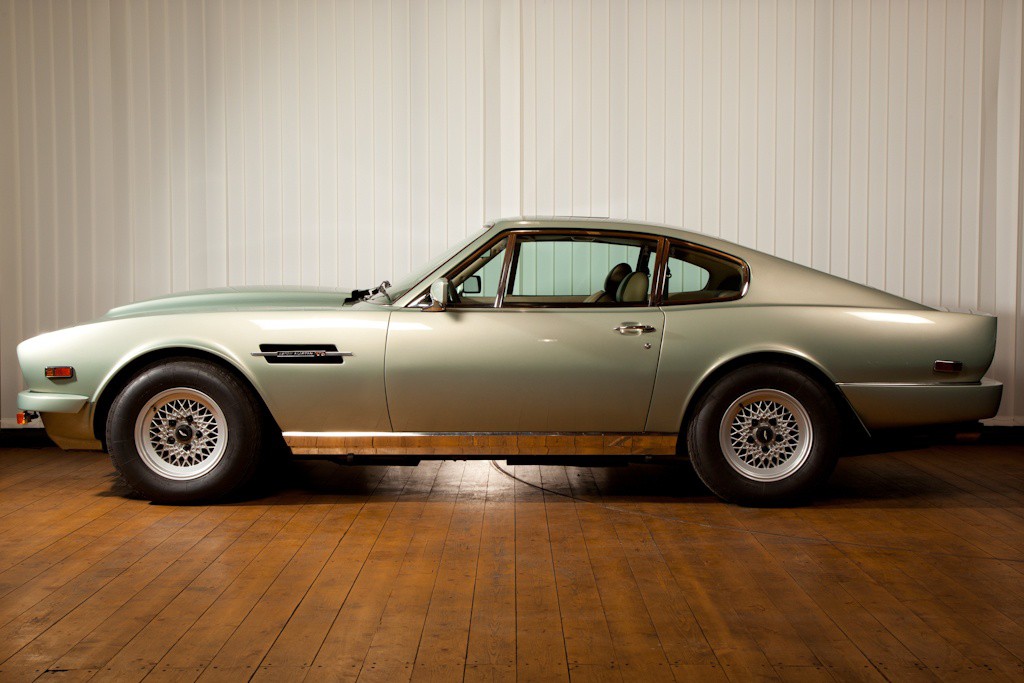
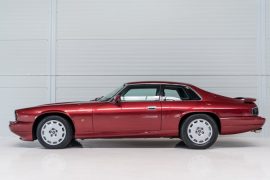
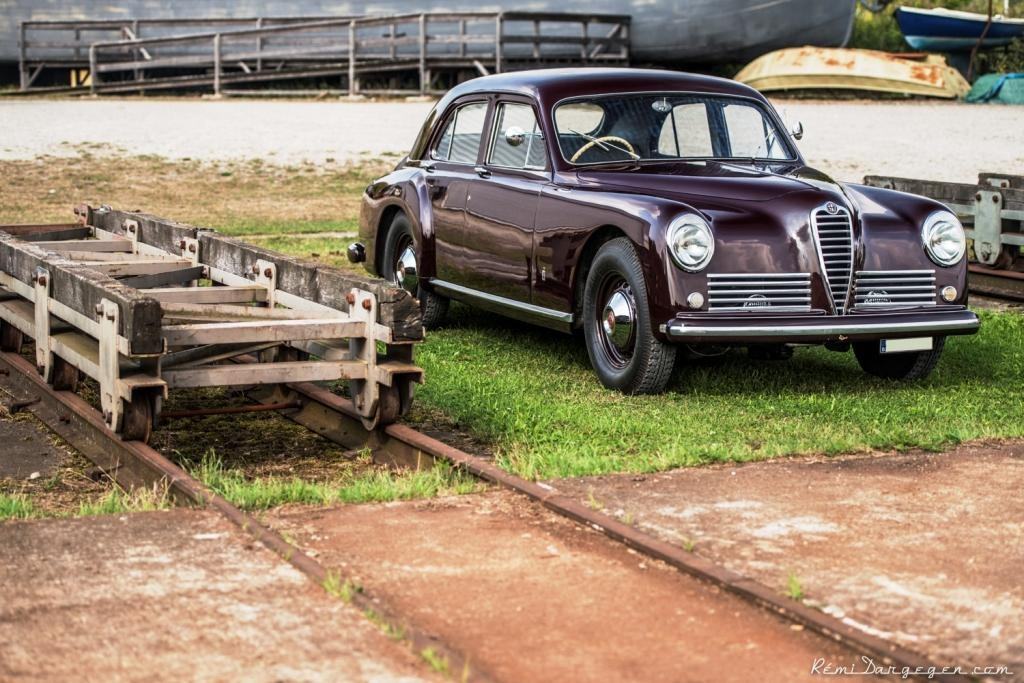
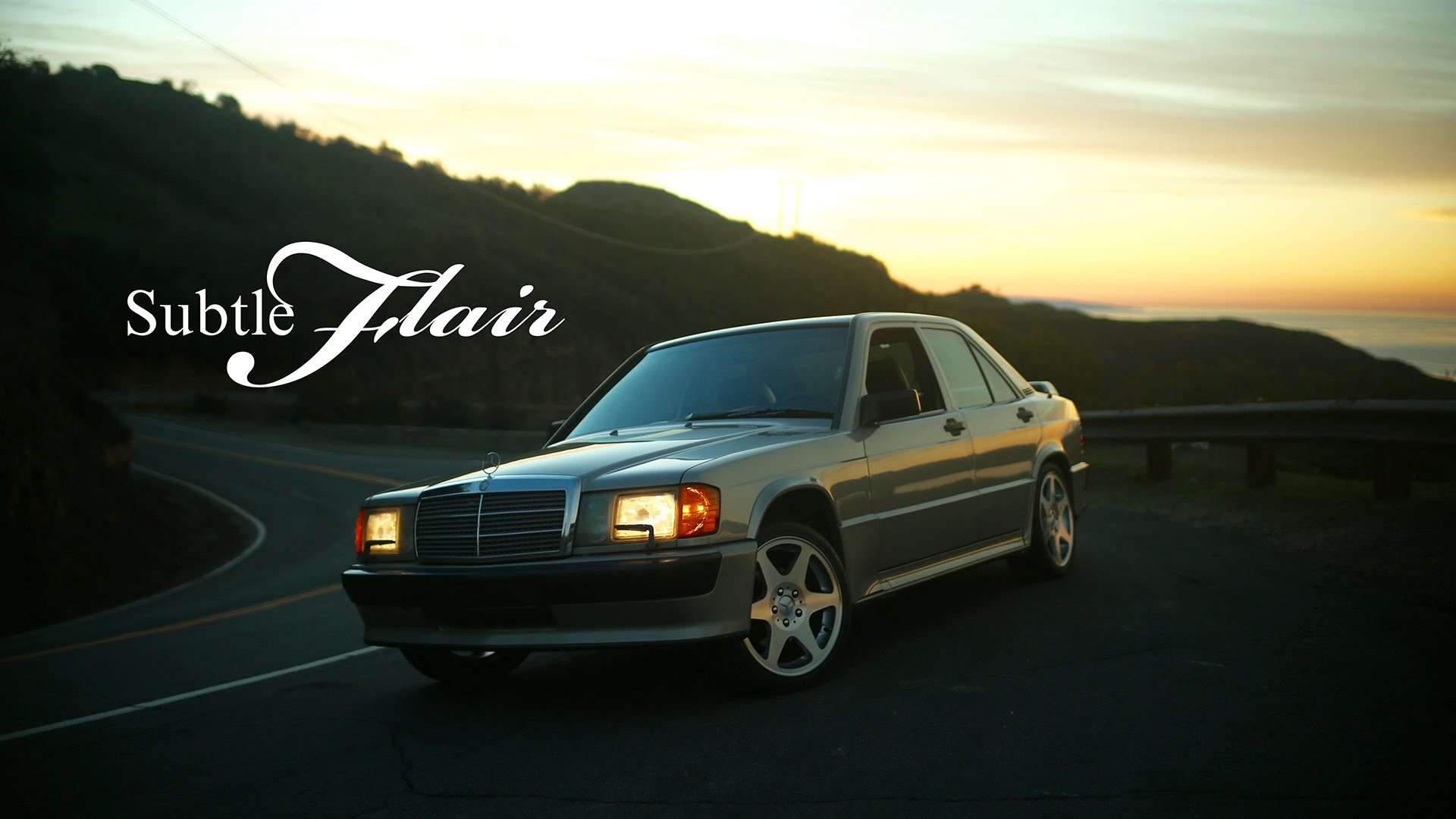
Beste Redactie,
Het juiste verhaal zie hier onder toch is het merkwaardig dat vele Jac,Lovers deze bijzondere Jaguar eigenlijk niet kent, deze beperkte oplage van deze Jag,280 stuks waarvan de helft links gestuurd,opgebouwd uit componenten van de Competitie Le Man groep C Race cars. deze serie is bij TWR in Bloxham alleen in het jaar 1990 gebouwd, latere 1991 modellen zijn produktie autos met een V12 60L gebouwd bij Jaguar. misschien leuk om hier een artikel aan te wijden.
Met vriendelijke groet,
Hans Huiskamp Jaguar liefhebber.
1990 LE MANS: Jaguar won again! Mansell: “The second Le Mans Special Edition was introduced at the
Birmingham (UK) Motor show in September 1990 to celebrate the TWR XJR-12 win. Based on a standard car, the 280
models built had quad headlights, 16″ lattice wheels, sports suspension, full Autolux leather interior, high-contrast
walnut veneer, a four spoke leather steering wheel and Wilton carpets.
“The ’88 XJR-S and Sept ’88 limited edition Celebration model XJR-S were all standard 5.3. However, TWR converted
a few cars to special order before it changed over to Jaguar Sport. Some were just cosmetic with standard engines and
some had various engine mods up to 7.2L but the most common was 6.1L and apparently more V12 saloons were
converted than XJ-S’s.
“As TWR rebuilt customers’ own cars/engines (not necessarily new ones either) then I would guess that the engine no.
relates to the original 5.3 that the car started with. But, I believe there should be a bronze identification plate
somewhere on the engine indicating a genuine TWR engine.
“Should you be lucky enough to actually have an early pre production XJR-S 6.0 it could be some sort of hybrid, may
not have all the mods.
“First look in the boot, the ECU is very obviously different, for a start it’s mounted on the left of the fuel tank. There are
two injector power resistors on the L/H inner front wing instead of the usual one of the standard V12 and the air boxes
are also totally different from the standard car, everything else looks the same.
“On the road they are magic! Not harsh, but very good handling. The GM 400 auto box has modified shift speeds and
are quicker in changing, and less reluctant to kick-down into 1st. The steering racks have reduced assistance and appear
to turn faster. The suspension/spring set up is unique to the 6.0L, not the same as the sport spec. option.
INFO:
For the 1990 model year Jaguar Sport announced a 6.0 litre model. Providing
362lb/ft of torque at 3750 rpm, this had a claimed top speed of 158mph
(limited) and 0-60mph acceleration time of 6.5 seconds. This amounted to a
17% increase in torque and 11% more power than the 5.3 litre engine.
The extra displacement came via a stroke increase from 70mm (2.75″) to
78.5mm (3.09″) and re-engineered crankshaft,Cosworth pistons, connecting rods and
cylinder liners. A new sequential digital ignition engine management system ECU
was adopted, made by Zytek, derived from the Group C World Sports Car Jaguar.
The suspension was stiffened even further with front and rear springs. wheel
size was increased to 8″. Colour schemes for the XJR-S were now limited to
just 5: Racing Green, Signal Red, Solent Blue, Arctic Blue and Black.
@Hans, dank voor je uitvoerige reactie. Het is zeker een onbekend maar zeker niet onbemind model in de historie van Jaguar. We zullen overwegen er een artikel aan te wijden.